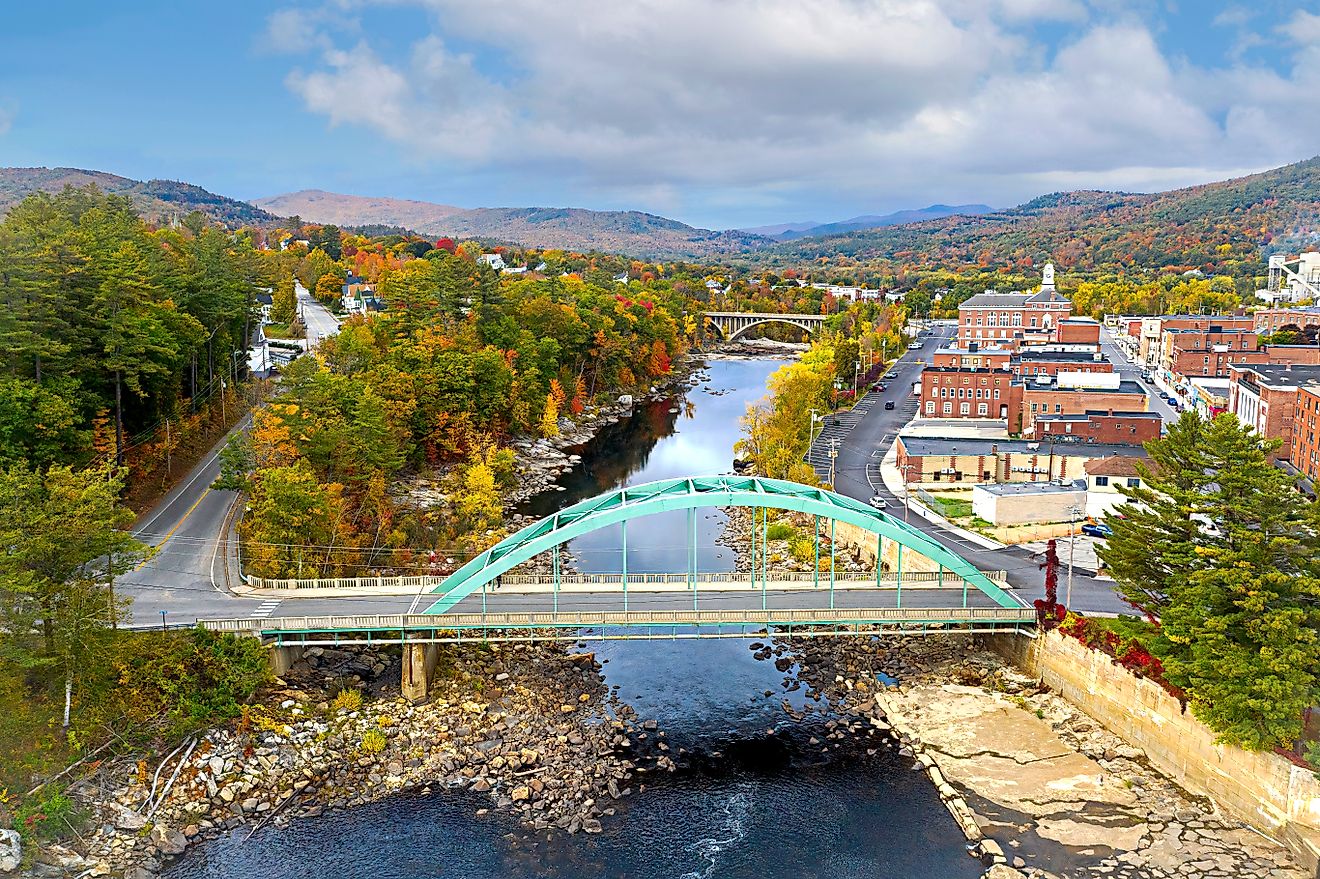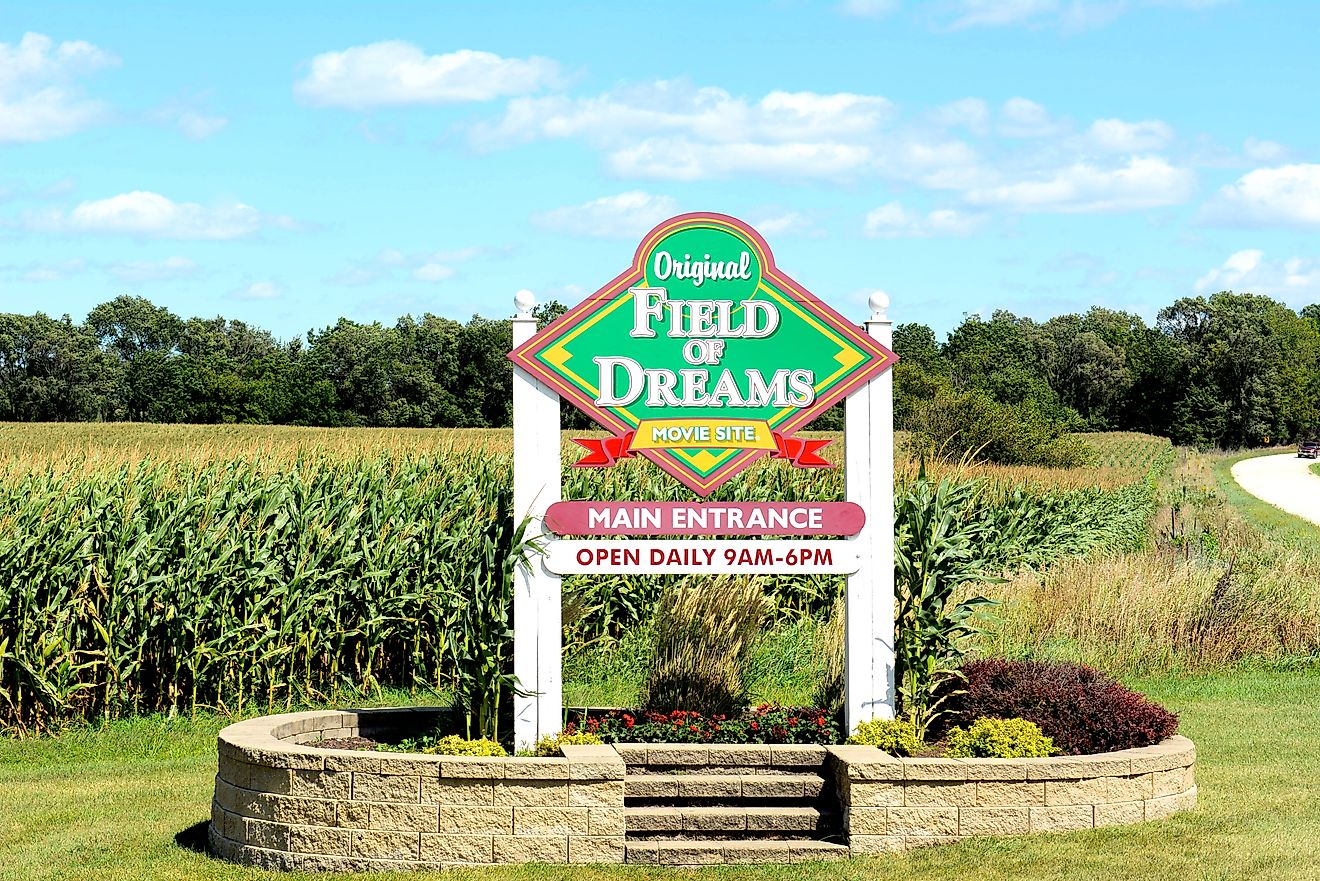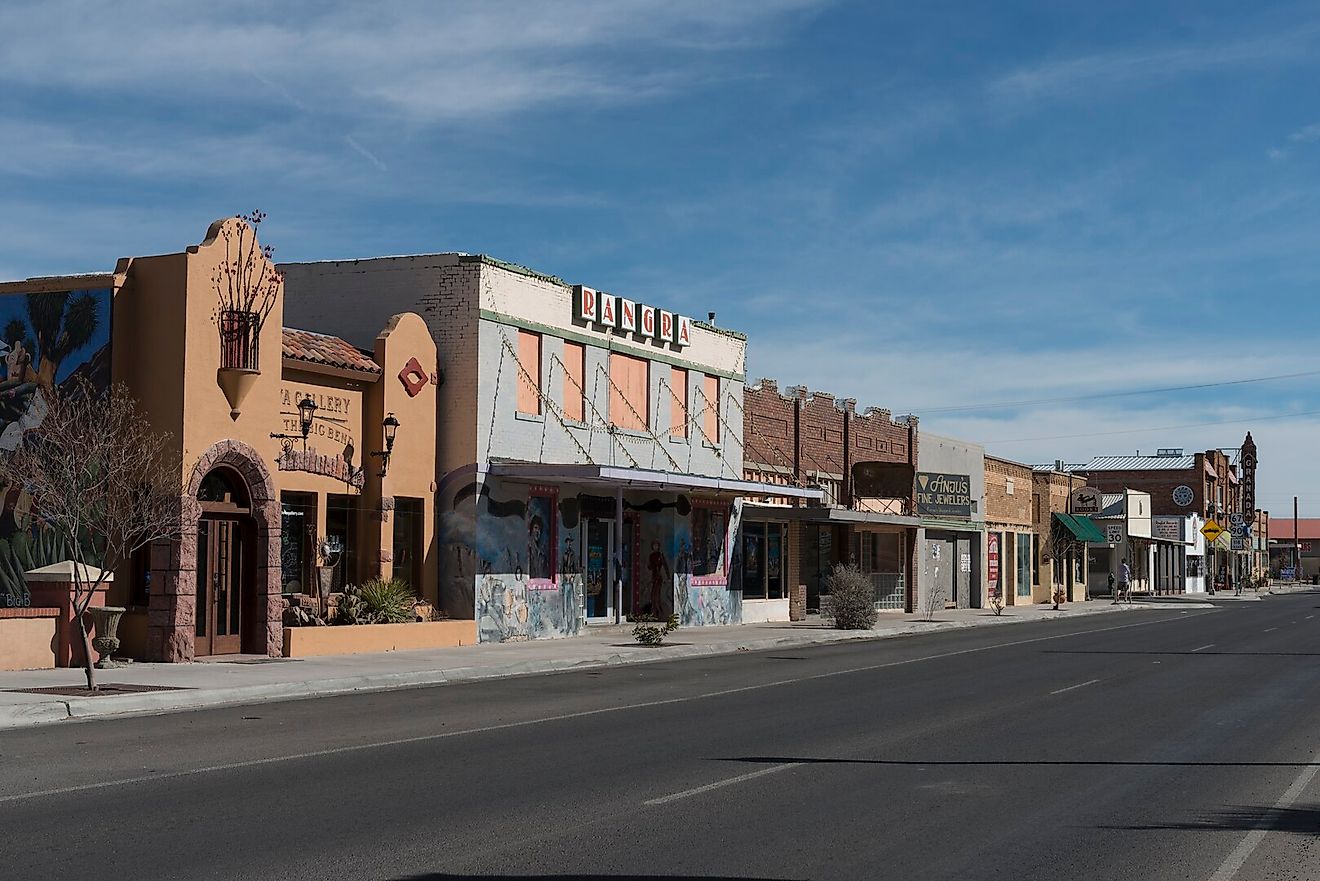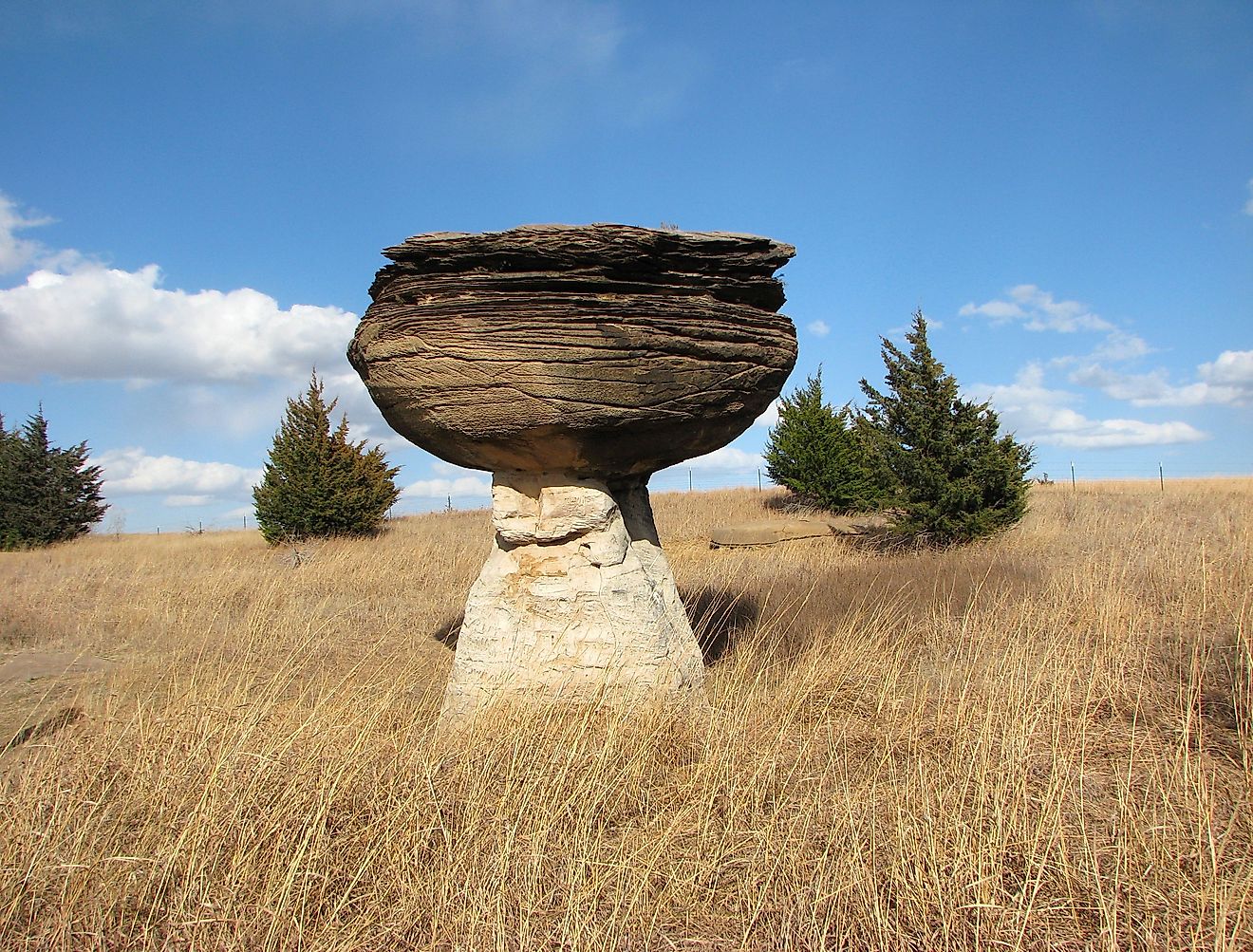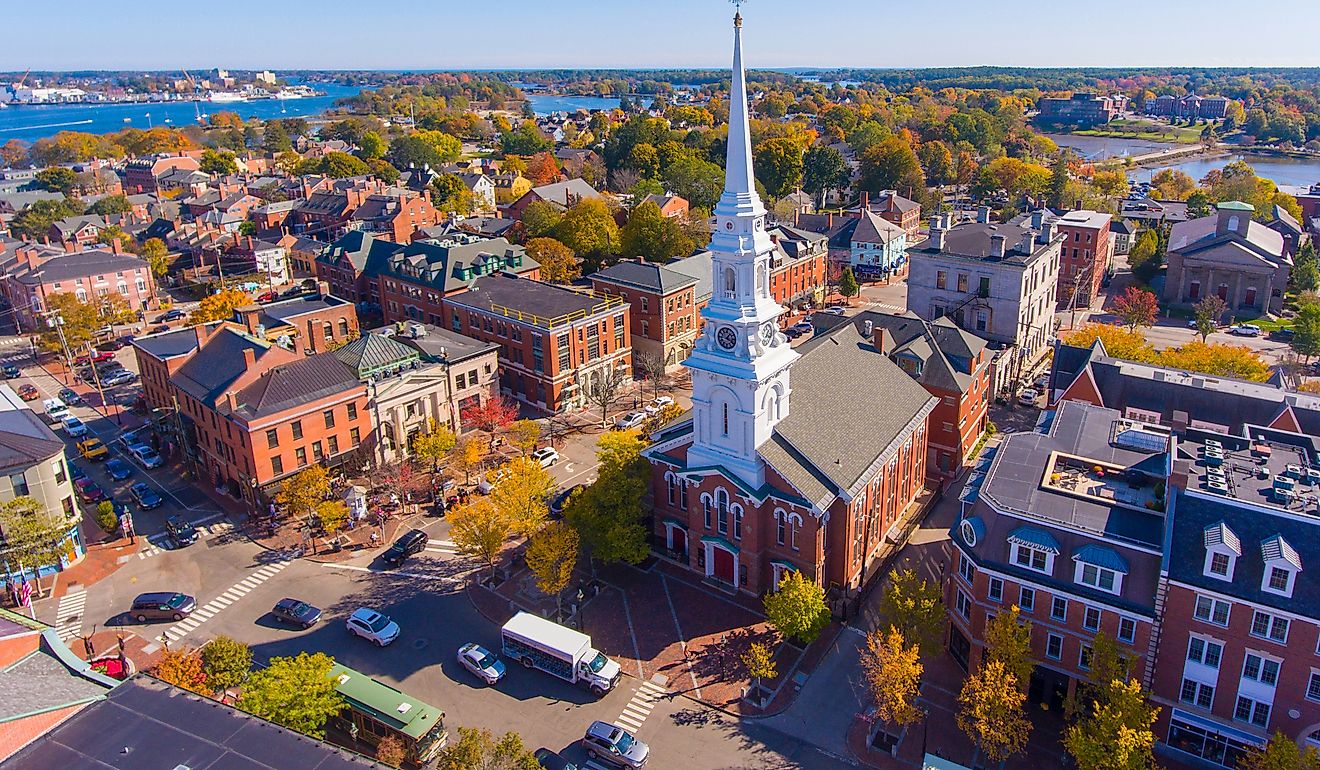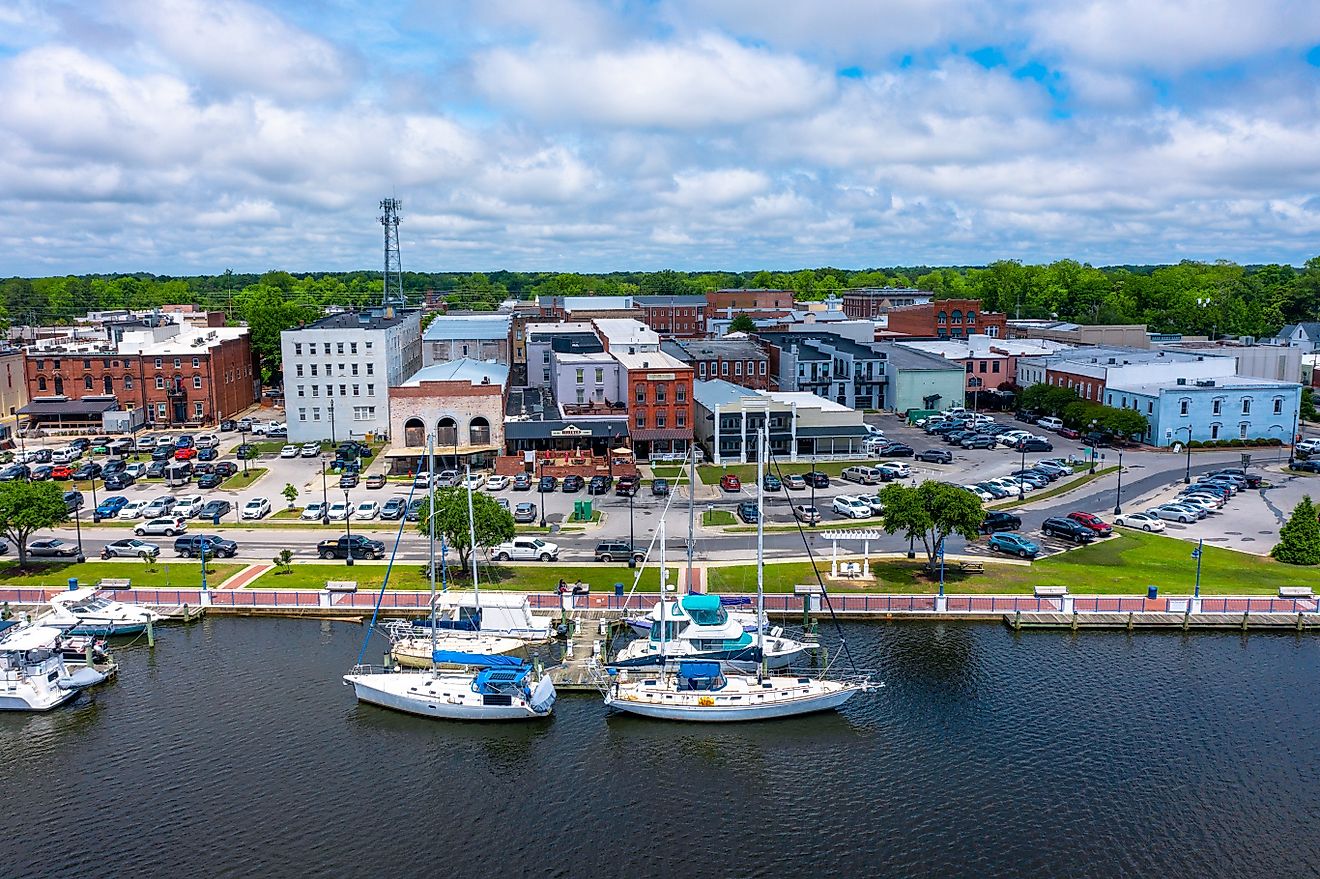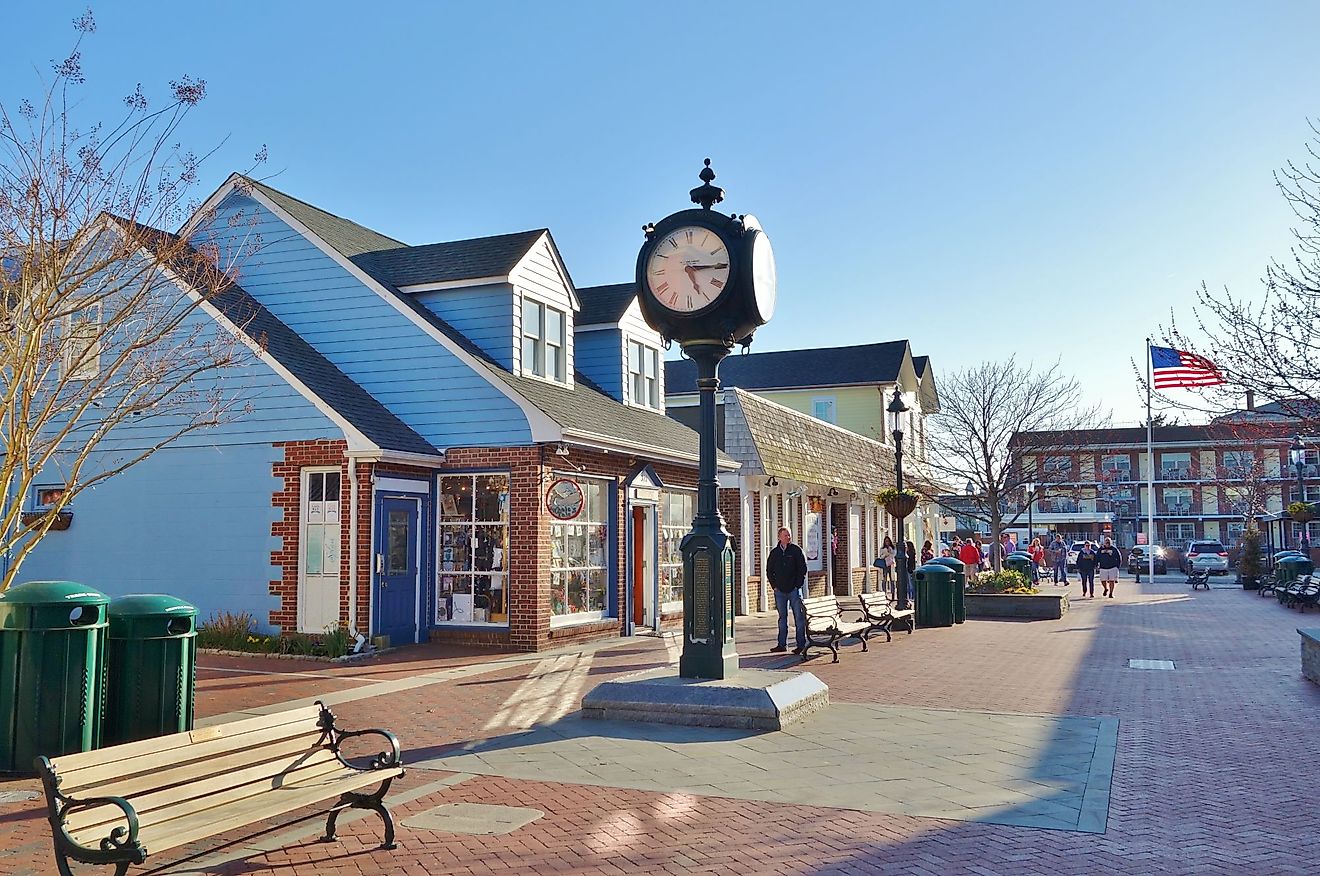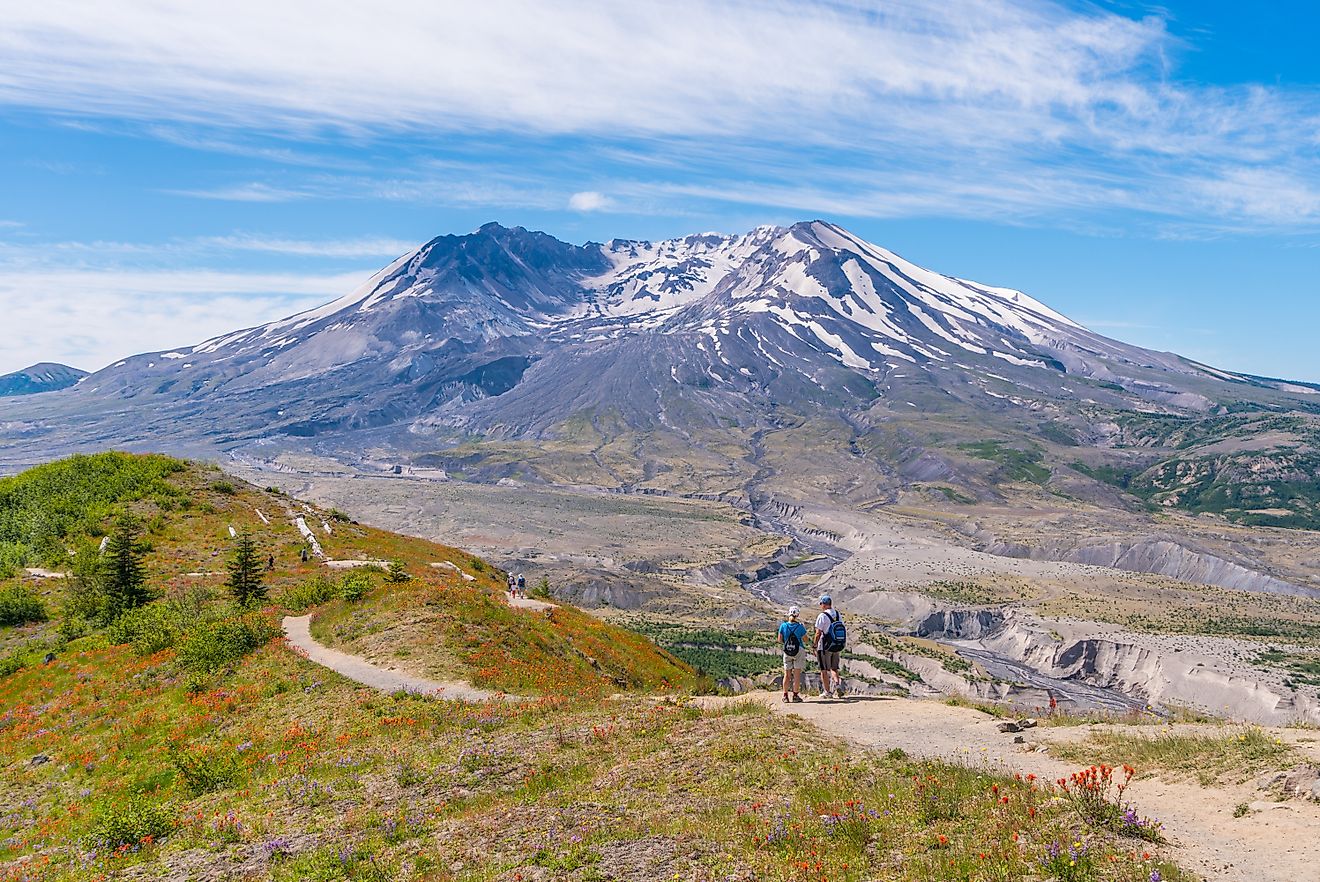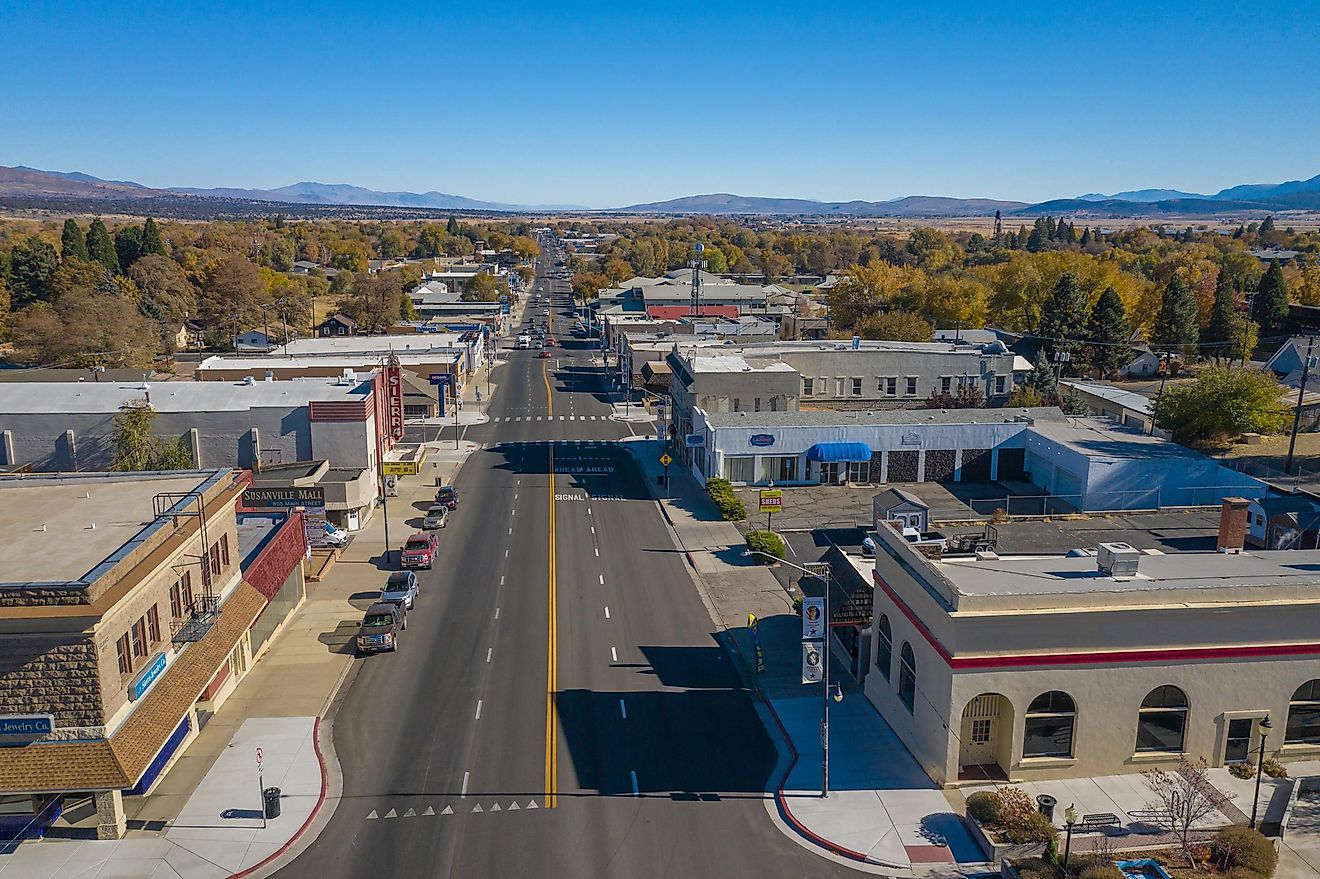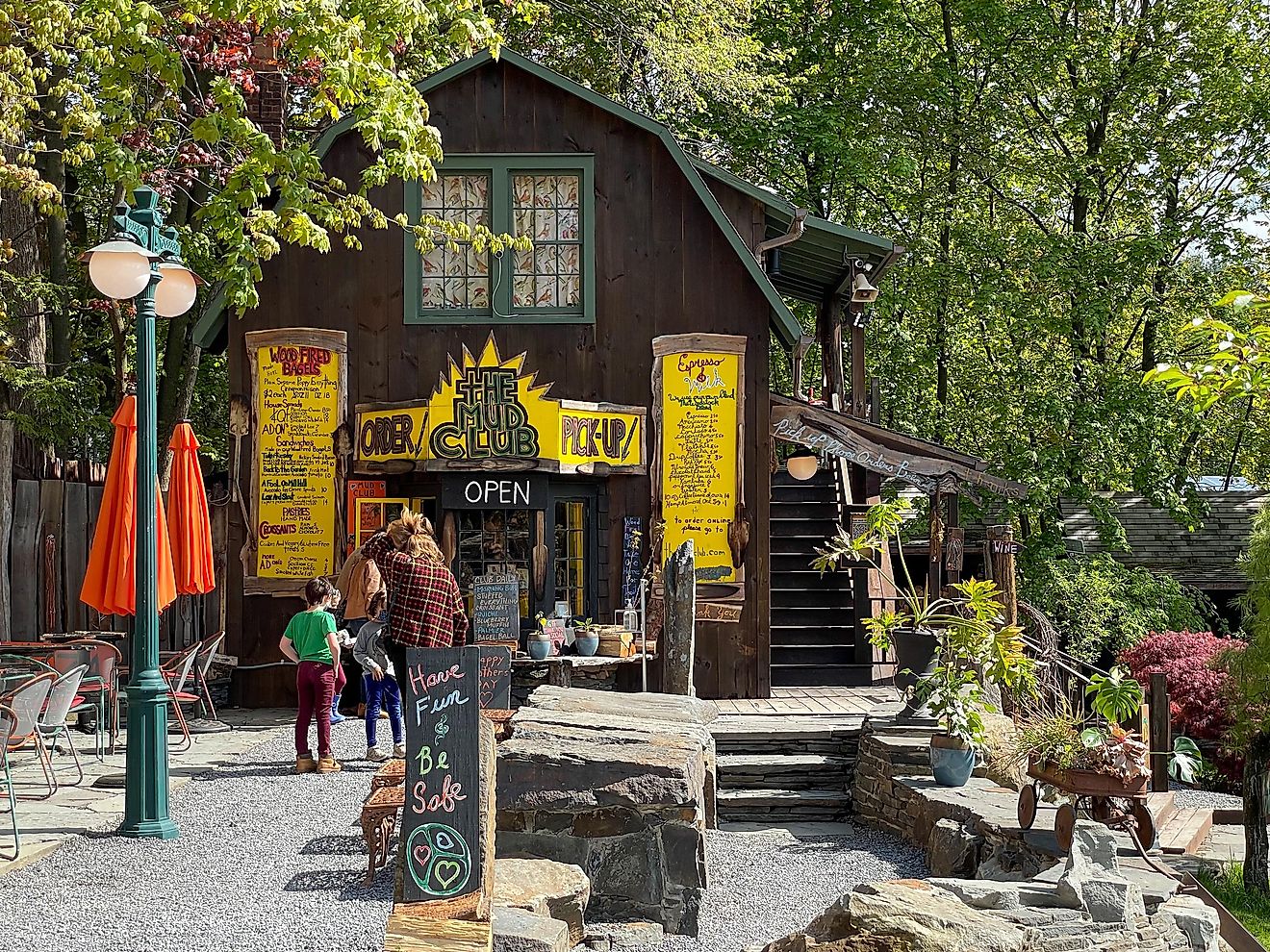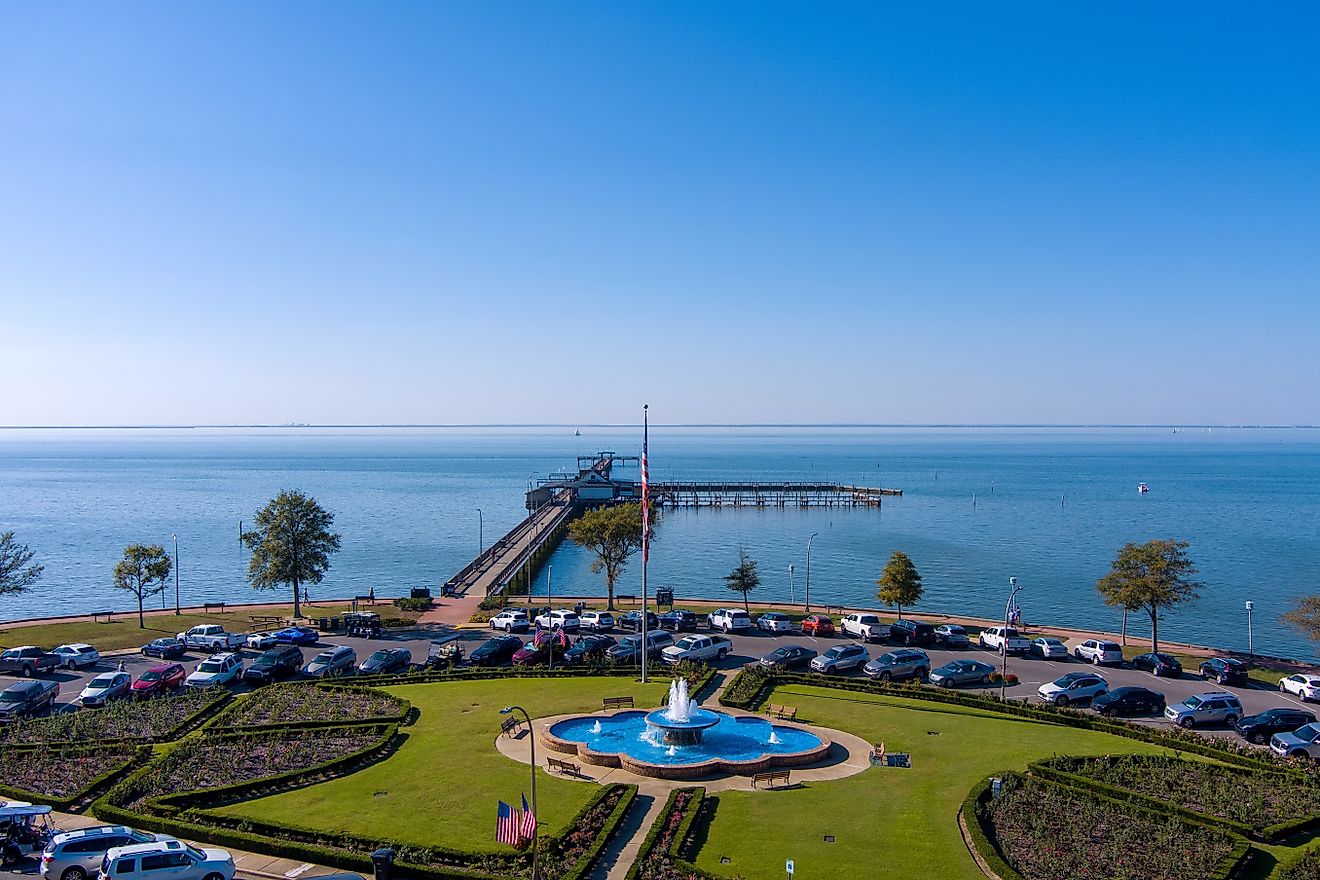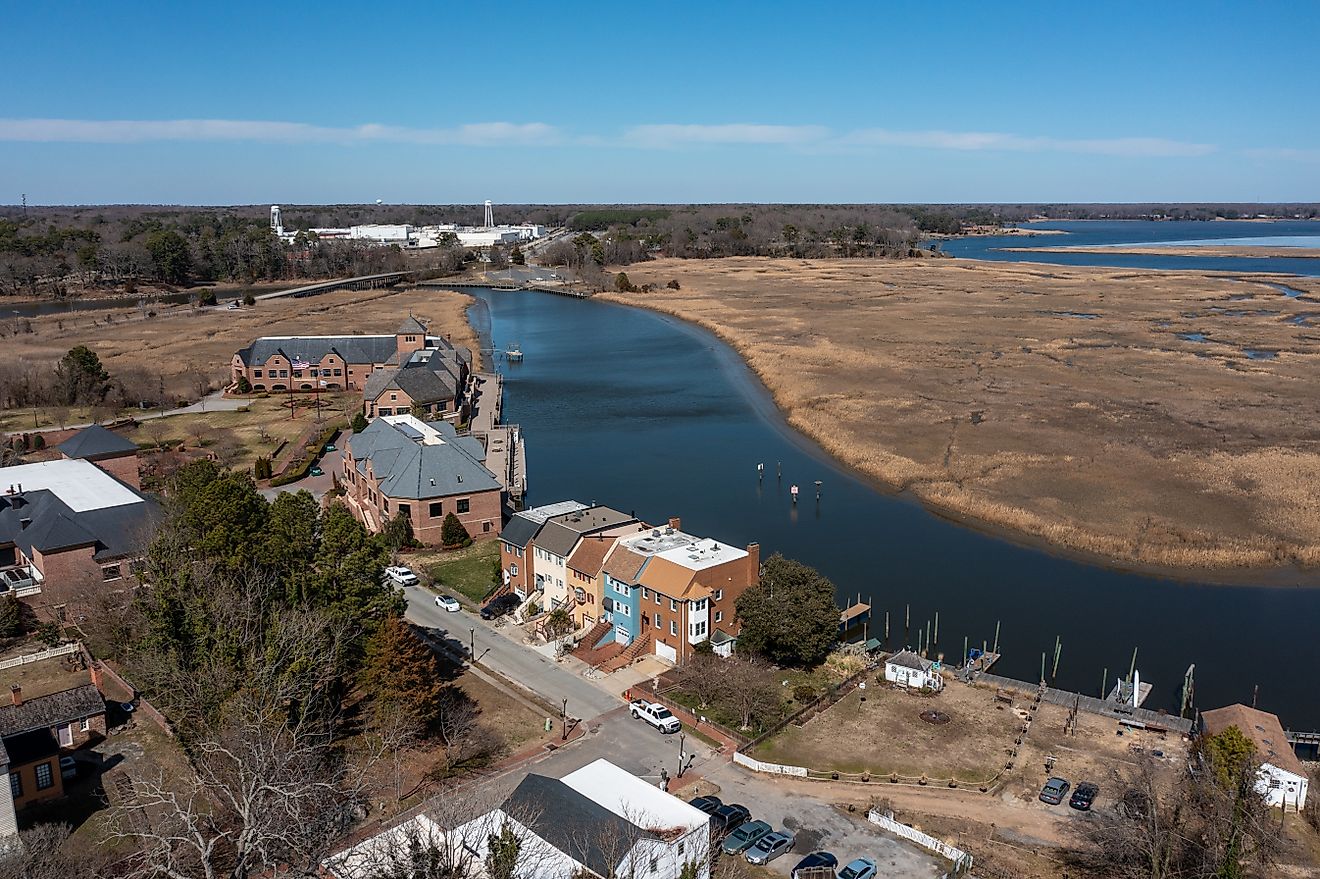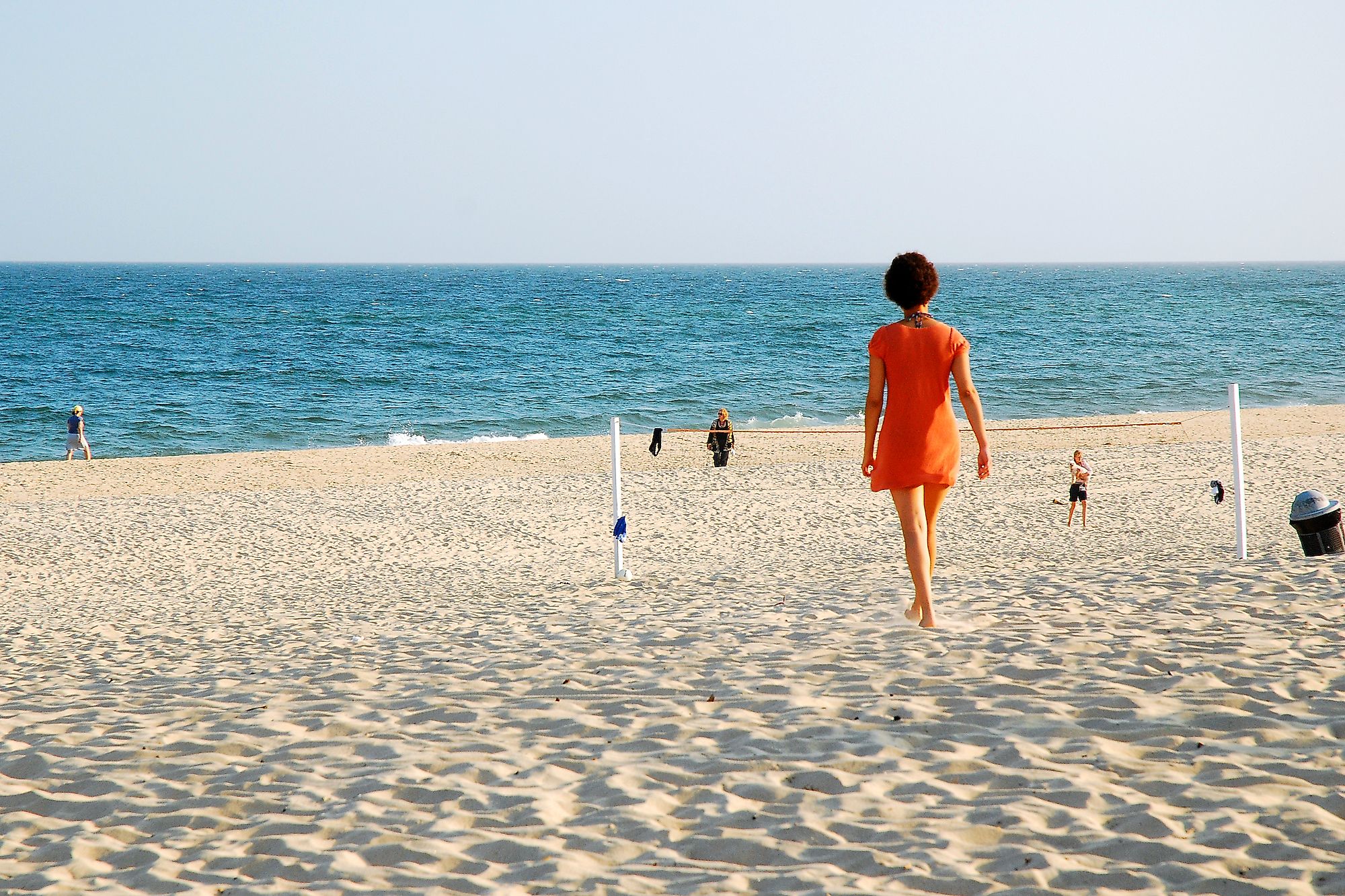
East Hampton, New York
East Hampton is a small village in Suffolk County in southeastern New York, United States. It is around 161 km east of New York City and has a land area of 4.8 squares miles. East Hampton village was laid out in 1648, and today, many landscapes and neighborhoods give the Village its historic character.
The Population Of East Hampton
As of 2019, the population of East Hampton, NY, was 869 people with a median age of 62. Nearly 91% of East Hampton’s population are citizens, and 16% of the residents were born outside of the United States. The most dominant ethnic group of East Hampton’s population are non-Hispanic White who are 16.7 times more than any other race or ethnicity and are 84% of the population. The second-largest ethnic group is Hispanic White residents (5%) and represented by 44 people, followed by Black or African American (2.4%) and Asian (1.6%). All the households in East Hampton use English as their primary language.
History Of East Hampton
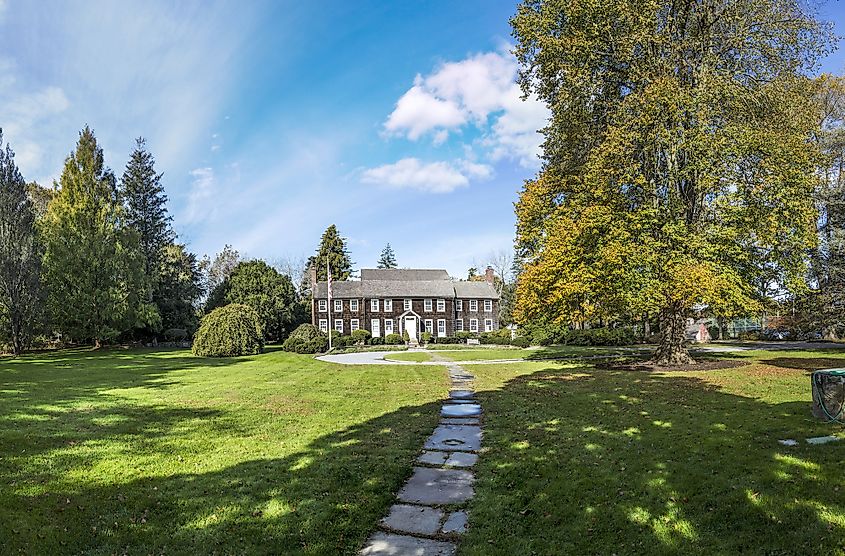
East Hampton was the third town established on eastern Long Island by New England colonists, and the design of the village today is directly related to the way settlement was laid out in 1648. The settlers used the Puritan New England fashion when they built East Hampton. They had a nucleus of houses and barns concentrated on either side of wide common land divided into lots for crops and harvesting salt hay, and timber. Nowadays, the main street in East Hampton used to be the broad common, which was laid out on the plains north of Hook Pond. It was flanked on either side by home lots. The home lots were around eight to twelve acres each and extended from Hook Pond to the common east and west to what is now Highway behind the Lots.
The first settlers divided the adjacent fertile plains into lots for crops and pasture. Proprietors lived at the farmhouse, which was on his Main Street lot, and used to travel to several scattered outlying lots to tend to his crops and livestock. Although this pattern remained until the twentieth century, some farmers nowadays utilize some of the same scattered outlying fields. East Hampton shines as it is one of the very few places where the original design of the seventeenth-century New England agricultural plantation is still evident.
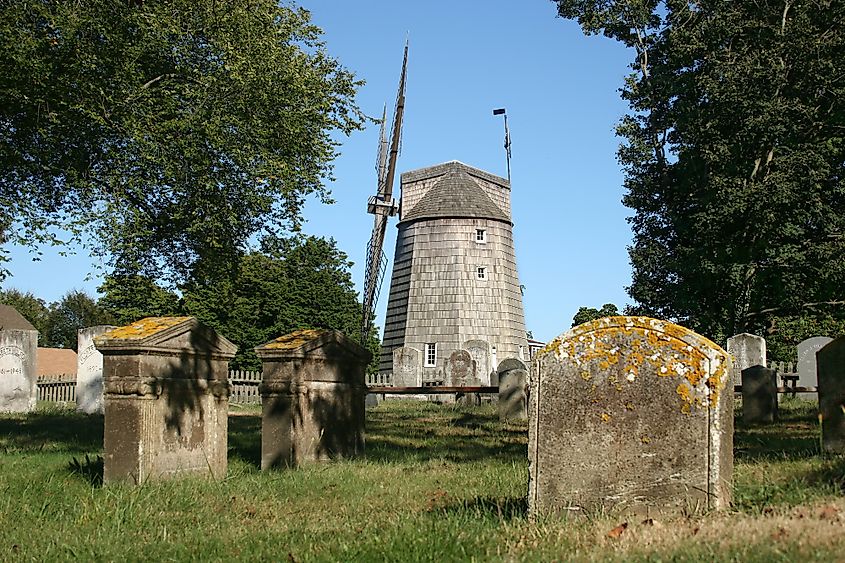
During the eighteenth century, East Hampton matured as an agricultural township. The growth of Sag Harbor following the American Revolution made the town a prosperous whaling port and tripled the population from 502 in 1687 to 1549 in 1800. Following the Civil War, East Hampton began to be recognized as a summer resort, especially with the extension of the Long Island Railroad to Bridgehampton, which made East Hampton’s beaches and rural environment more accessible to residents of New York City.
As East Hampton developed as a summer resort, the traditional lifestyles of farming continued to decline. In the early twentieth century, Wainscott farmers started growing only one crop of potatoes, and this adaptation, until recently, has allowed them to survive and prosper. The resort economy was declining during the Great Depression and World War II, but the building resumed afterward in the form of small summer cottages until the 1950s when large-scale summer homes were again built, reviving East Hampton as an affluent resort. The intense development East Hampton witnessed, especially from the 1960s to 1980s, has completed East Hampton’s transformation from an agrarian economy into a resort economy.
Economy Of East Hampton
In 2019, the median household in East Hampton was $109,250. In New York in general, males earn more than with an average income that is 1.29 times higher than the average income females get. Moreover, the income inequality, measured using the Gini index, is 0.497, making it higher than the national average. The economy in East Hampton, NY, is powered by different industries and employs are 374 people. The largest industries in East Hampton, NY, are Professional, Scientific, & Technical Services, followed by Finance and Insurance, the highest paying industry ($250,000), Real Estate & Rental, and Management Services.
Tourist Attractions In East Hampton
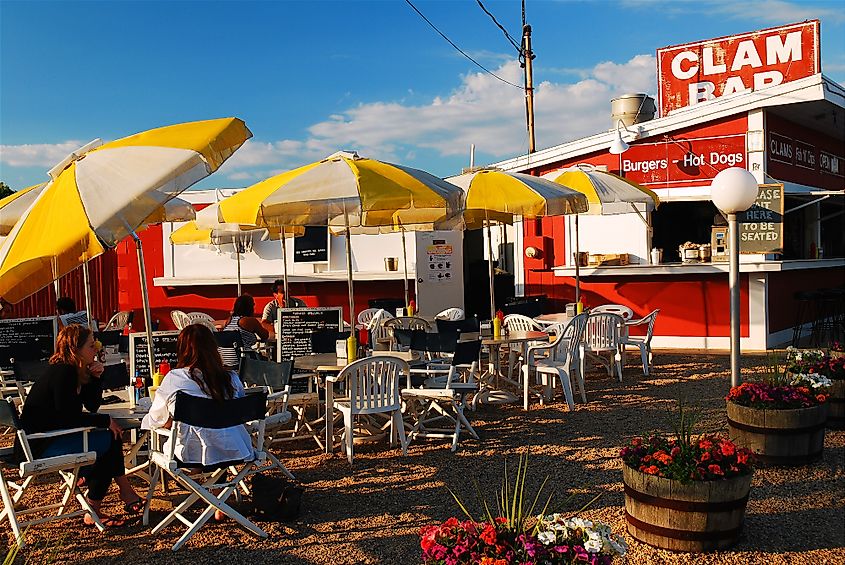
The cultural and historical attractions in East Hampton make it an idyllic summer vacation destination for everyone. The landscapes in East Hampton inspired the visiting artists who promoted the Village as a summer retreat. East Hampton has many historic homes tourists explore and museums and sculpture gardens such as the Pollock-Krasner, the Lieber Collection, and the LongHouse Reserve, where art enthusiasts enjoy the innovative home spread over four levels and magnificent gardens and sculptures. East Hampton is also a thriving performing art and music community as it holds Guild Hall, which hosts countless shows, performances, and concerts.
